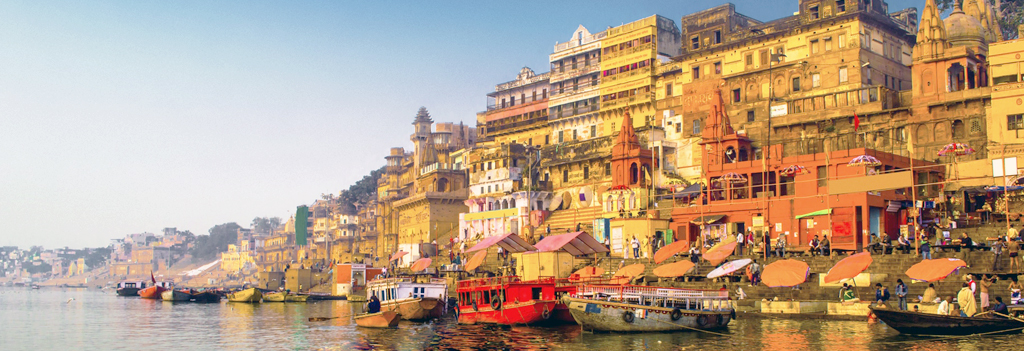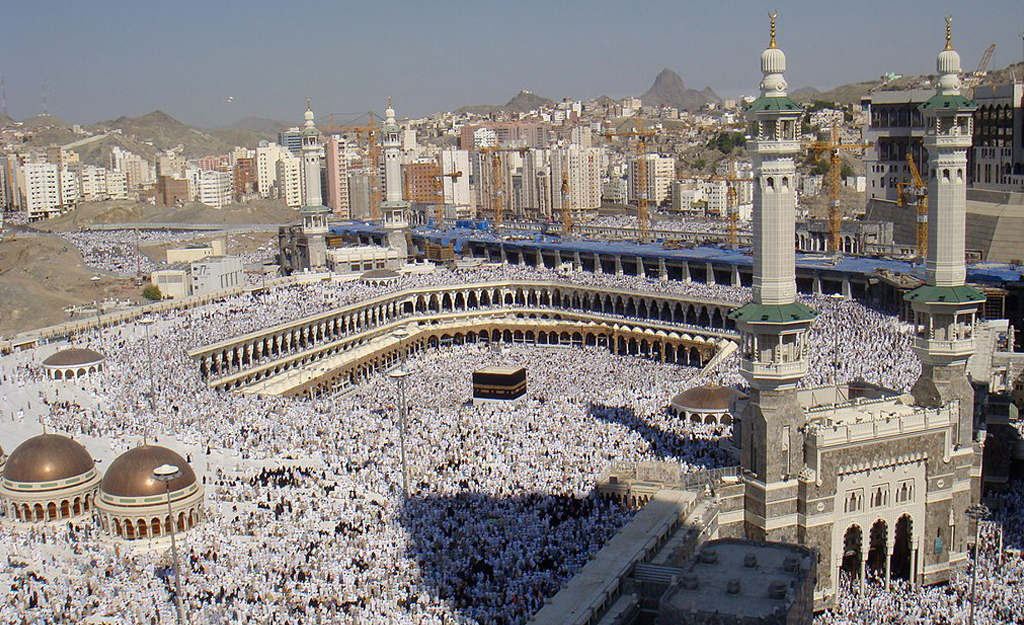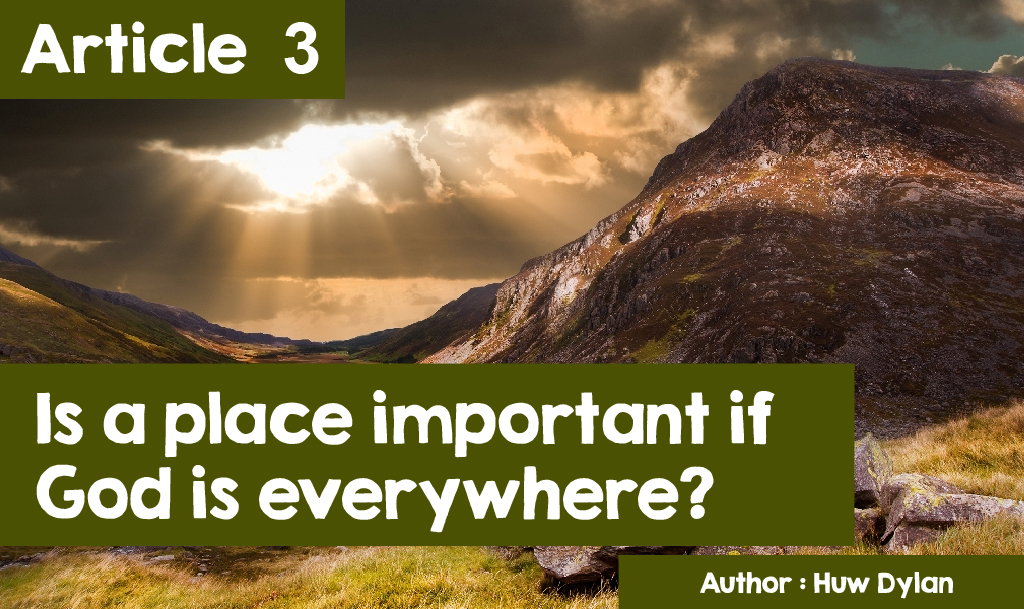|
||
|
If someone were to ask you where the most special place in your life is, what would your answer be? No doubt most would say without a doubt - 'my home'. But apart from your home, where else? The place where you were born? Grandparent's house? Somewhere where you had a special holiday? And once you've decided on a place there's another question that must be answered - why are these places special to you? Many people believe that they have a special relationship with some places and that those places are a part of them, having influenced their character even though they may have moved away to live years ago. T.H. Parry Williams, who was brought up in the Schoolhouse in Rhyd-ddu, speaks of that area’s influence on him and many of his poems show how special his native area was to him. This is his poem, Cynefin, which refers to the special appeal and the pull of his birthplace even though he moved to live from there to Aberystwyth. | ||
|
| ||
|
CYNEFIN (HOME) |
||
|
More recently Meirion Macintyre Huws wrote a poem about his special relationship with the town of Caernarfon under the title 'This is Where I Belong' and Geraint Lovgreen composed music for it. Each verse ends with the words -
Many religious people of all religions can say the same about many places that are special in their religions. If we were to ask different religions about why these places are special, then we would get a variety of answers. One answer for some believers is that these places are important because visiting them is an expected, if not obligatory, part of their religions, in order to perform special rites in those places. |
|

|
|
|
|
|

| |
|
|
|

| |
|
Of course, all religions have their buildings of worship and for religious people they are special places whether it is a Muslim Mosque, a Jewish Synagogue or a Christian Chapel or Church. |
|

| |
|
|
|
|


